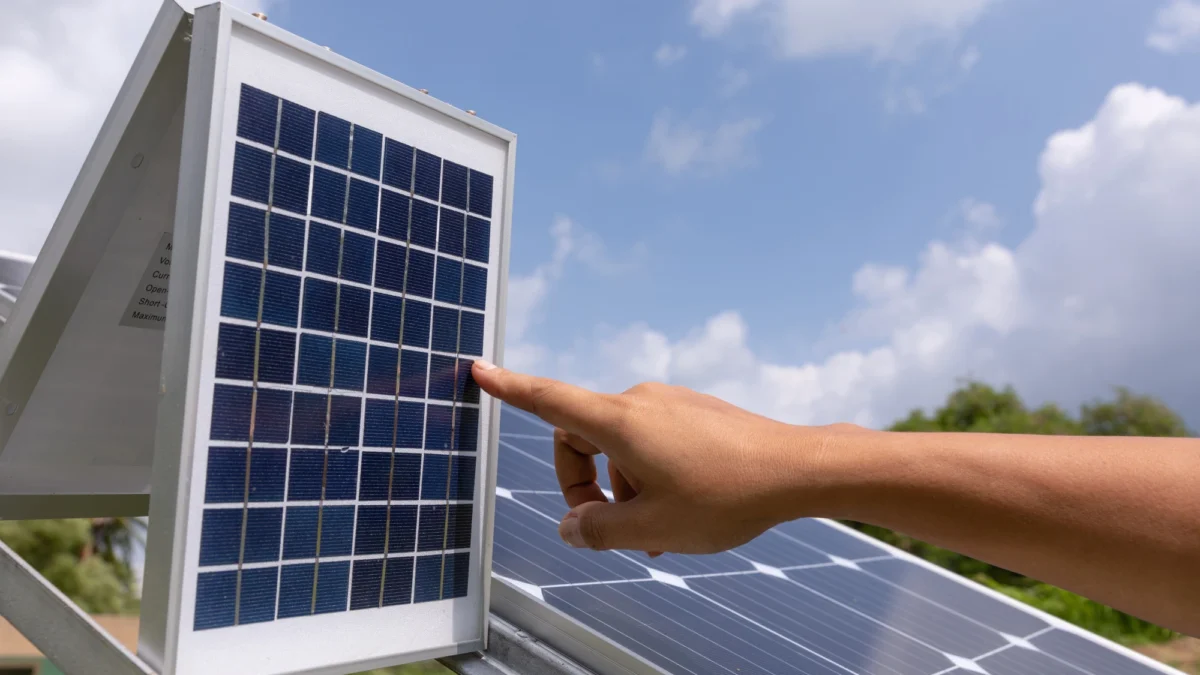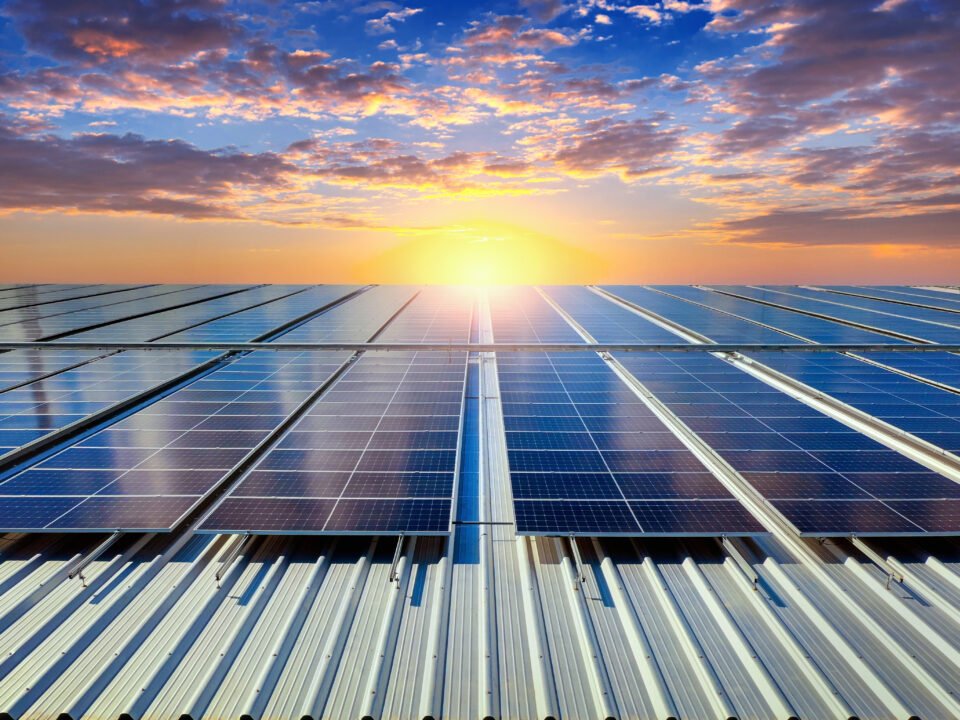Solar energy is one of the most abundant and sustainable energy sources available today. At the heart of solar power technology are photovoltaic cells, which convert sunlight into electricity. But how exactly do these cells work? In this blog, we will explore the science behind photovoltaic cells and the fascinating process that turns sunlight into usable energy.
What Are Photovoltaic Cells?
Photovoltaic (PV) cells are the building blocks of solar panels. The term “photovoltaic” comes from the Greek word “photo” (meaning light) and “voltaic” (relating to electricity). Simply put, photovoltaic cells are devices that convert sunlight directly into electrical energy using a physical and chemical phenomenon known as the photovoltaic effect.
The Photovoltaic Effect: A Brief Overview
The photovoltaic effect is the process that enables a PV cell to generate electricity. It was first discovered in 1839 by French physicist Alexandre Edmond Becquerel. The effect occurs when light photons strike a semiconductor material, releasing electrons and creating an electric current.
Structure of a Photovoltaic Cell
A standard photovoltaic cell consists of several layers, each playing a crucial role in the energy conversion process:
- Semiconductor Layer: Typically made of silicon, this layer is responsible for absorbing sunlight and initiating the photovoltaic effect.
- P-N Junction: Silicon is treated to form a P-type (positive) and an N-type (negative) layer. This creates an electric field that drives the electrons to move in a particular direction.
- Conductive Layers: Thin conductive metal strips are placed on the front and back of the cell to collect and transfer the generated electricity.
- Protective Glass: A transparent glass layer shields the cell from environmental damage while allowing sunlight to pass through.
How Photovoltaic Cells Convert Sunlight to Electricity
The energy conversion process involves several steps:
- Photon Absorption: Sunlight consists of tiny packets of energy called photons. When these photons strike the surface of a photovoltaic cell, they transfer their energy to electrons in the silicon atoms.
- Electron Excitation: The energized electrons gain enough energy to break free from their atomic bonds, creating electron-hole pairs.
- Movement of Electrons: Due to the electric field at the P-N junction, the freed electrons are directed towards the N-type layer, while the holes move towards the P-type layer.
- Generation of Electric Current: The movement of electrons results in an electric current, which is captured by the conductive layers.
- Conversion to Usable Electricity: The direct current (DC) electricity produced by the cell is typically converted into alternating current (AC) using an inverter, making it suitable for household or commercial use.
Efficiency of Photovoltaic Cells
The efficiency of a photovoltaic cell refers to how much sunlight it can convert into usable electricity. Various factors influence this efficiency, including:
- Material Quality: High-quality silicon cells generally have better efficiency.
- Light Intensity: More sunlight results in higher energy output.
- Temperature: Excessive heat can reduce cell efficiency.
- Surface Reflection: Anti-reflective coatings are often applied to reduce light loss.
Types of Photovoltaic Cells
There are several types of photovoltaic cells available today, each with its own advantages and limitations:
- Monocrystalline Silicon Cells: Made from single-crystal silicon, these cells offer high efficiency and durability but are relatively expensive.
- Polycrystalline Silicon Cells: Composed of multiple silicon crystals, they are more affordable but slightly less efficient.
- Thin-Film Cells: Made from materials like cadmium telluride or amorphous silicon, these cells are lightweight and flexible, making them ideal for unique applications.
- Perovskite Solar Cells: An emerging technology known for its high efficiency and potential for low-cost production.
Environmental and Economic Benefits
Photovoltaic cells offer numerous benefits, including:
- Renewable Energy Source: Solar energy is abundant and inexhaustible.
- Reduced Carbon Footprint: Solar power generation produces no greenhouse gases.
- Lower Energy Costs: Solar panels can significantly reduce electricity bills.
- Energy Independence: Solar systems provide a reliable source of energy in remote or off-grid areas.
Conclusion
The science behind photovoltaic cells is a remarkable example of how modern technology harnesses the power of the sun. By understanding the photovoltaic effect and the components of solar cells, we can appreciate the immense potential of solar energy in creating a sustainable future. As research and development continue, photovoltaic cells will become even more efficient and accessible, driving the world closer to a clean energy revolution.
If you’re considering making the switch to solar energy, now is the perfect time to explore the options available and take a step towards a greener tomorrow.




